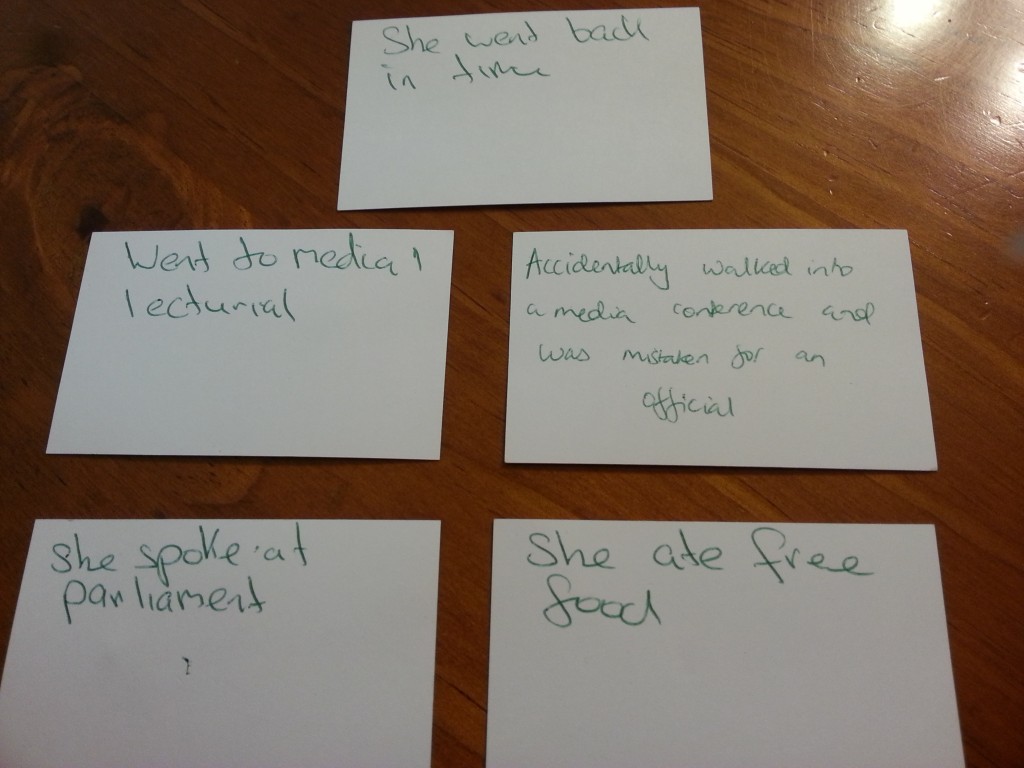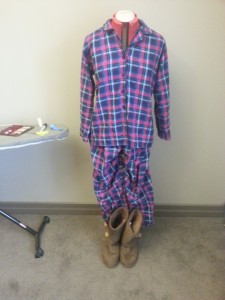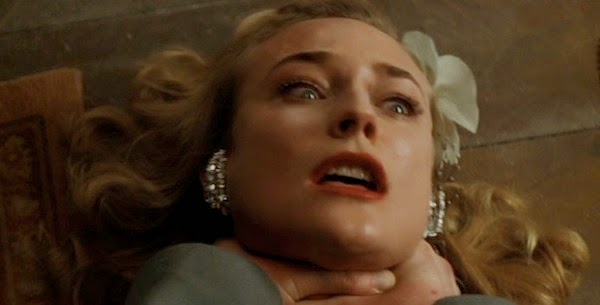That’s right. I’m cheating today and making a post completely of other people’s work. But that’s because other people’s work is awesome!
Yesterday was the day of reckoning – showing brief two to the class. It was of course highly embarrassing but people seemed to laugh quite a lot at mine (which was my intention) so I think it worked out well.
There were some pretty awesome ones in my class though; I’m particularly impressed considering a lot of kids didn’t seem to have much experience with filming or editing and still managed to produce something pretty slick. I feel bad only putting up a few – they were all amazing – but here are the highlights.
First, we’ll start with Emma, Daniel and Gloria because I linked into their earlier briefs so I’m sure you want to know how they ended up. Emma’s starts with a really gorgeous shot out of her window and continues beautifully the theme of home. Daniel’s ambient soundtrack pulled together some of the shots we loved but felt were a bit disjointed in brief one, and although Daniel’s joke time is missing, it definitely captured what he was going for. Gloria retained the gorgeous shot of the jellyfish at the aquarium and it ties together a really peaceful video.
Lucas’s is next. I don’t know if he used a really good camera or he’s just got a knack for this filming business, but his manages to both look really professional and tell a lot about his personality.
Next up we have Elise’s and Dusty’s, which I’ve put in together for a bit of contrast. Elise’s reminds me of Lucas’: really beautifully shot, and telling a story about a transition in her life. (For more explanation of each of the films, head to each of the student’s blogs, where there should be a 250-300 word evaluation. They’re all listed on the RMIT media factory side which you can see over on my blogroll). Elises’s has a wonderfully meandering pace, which suits the decadent, natural shots, where Dusty’s frenetic pace and incredible variety of footage says a lot about her quirky, adventurous personality.
Finally, even though it was technically a little long, Jac’s uses a really clever, adorable voice-over conversation that brings the whole video into fluent narrative.














